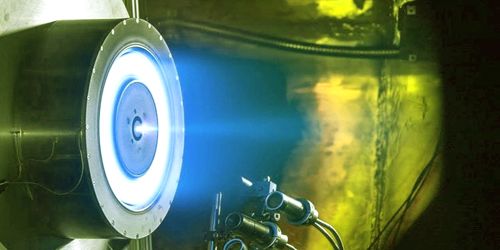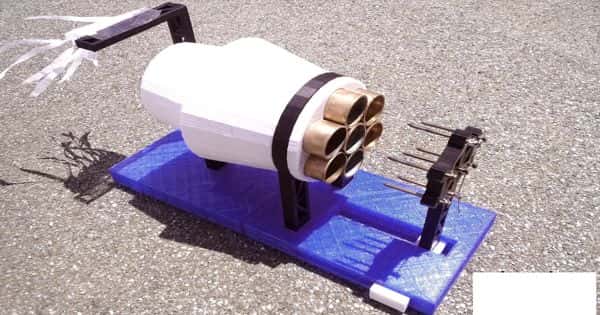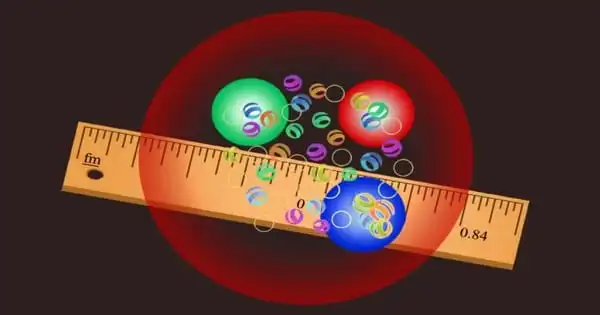An ion thruster is a form of electric propulsion used for spacecraft propulsion that creates thrust by accelerating ions. It is also known as, an ion drive which is a form of electric propulsion used for spacecraft propulsion. It creates thrust by accelerating ions using electricity. Ion thrusters are being designed for a wide variety of missions – from keeping communications satellites in the proper position to propelling spacecraft throughout our solar system.
An ion thruster is a form of electric propulsion used for spacecraft propulsion. These are nowadays used as primary propulsion systems in space.
An ion thruster ionizes propellant by adding or removing electrons to produce ions. An ion thruster ionizes a neutral gas by extracting some electrons out of atoms, creating a cloud of positive ions. Most thrusters ionize propellant by electron bombardment: a high-energy electron (negative charge) collides with a propellant atom (neutral charge), releasing electrons from the propellant atom and resulting in a positively charged ion. These ion thrusters rely mainly on electrostatics as ions are accelerated by the Coulomb force along an electric field.

Testing ion thrusters for space exploration
The most common propellant used in ion propulsion is xenon, which is easily ionized and has a high atomic mass, thus generating a desirable level of thrust when ions are accelerated. Temporarily stored electrons are finally reinjected by a neutralizer in the cloud of ions after it has passed through the electrostatic grid, so the gas becomes neutral again and can freely disperse in space without any further electrical interaction with the thruster. The positively charged ions are accelerated out of the thruster as an ion beam, which produces thrust. The neutralizer, another hollow cathode, expels an equal amount of electrons to make the total charge of the exhaust beam neutral.
The term is strictly used to refer to gridded electrostatic ion thrusters, but may often more loosely be applied to all-electric propulsion systems that accelerate plasma since plasma consists of ions. In contrast, electromagnetic thrusters use the Lorentz force to accelerate all species (free electrons as well as positive and negative ions) in the same direction whatever their electric charge, and are specifically referred to as plasma propulsion engines, where the electric field is not in the direction of the acceleration. Electromagnetic ion thrusters use the Lorentz force to accelerate the ions.
Ion thrusters are nowadays used as primary propulsion systems in space. The ion propulsion system’s efficient use of fuel and electrical power enables modern spacecraft to travel farther, faster, and cheaper than any other propulsion technology currently available. Ion thrusters are categorized by how they accelerate the ions, using either electrostatic or electromagnetic force. Chemical rockets have demonstrated fuel efficiencies up to 35 percent, but ion thrusters have demonstrated fuel efficiencies over 90 percent.
















